Nonlinear Control Systems
Data is displayed for academic year: 2023./2024.
Lecturers
Lectures
Course Description
Dynamic effects due to nonlinearities in systems. Common nonlinear elements in control systems. Phase-plane analysis. Linearization of nonlinear systems. Harmonic linearization. Describing function. Self-oscillations (limit-cycles). Forced oscillations. Stability of nonlinear systems. Feedback linearization. Sliding mode control.
Study Programmes
University graduate
[FER3-HR] Audio Technologies and Electroacoustics - profile
Elective Courses
(1. semester)
(3. semester)
[FER3-HR] Communication and Space Technologies - profile
Elective Courses
(3. semester)
[FER3-HR] Computational Modelling in Engineering - profile
Elective Courses
(3. semester)
[FER3-HR] Computer Engineering - profile
Elective Courses
(3. semester)
[FER3-HR] Computer Science - profile
Elective Courses
(3. semester)
[FER3-HR] Control Systems and Robotics - profile
Core-elective courses 2
(3. semester)
[FER3-HR] Data Science - profile
Elective Courses
(3. semester)
[FER3-HR] Electrical Power Engineering - profile
Elective Courses
(3. semester)
[FER3-HR] Electric Machines, Drives and Automation - profile
Elective Courses
(3. semester)
[FER3-HR] Electronic and Computer Engineering - profile
Elective Courses
(3. semester)
[FER3-HR] Electronics - profile
Elective Courses
(3. semester)
[FER3-HR] Information and Communication Engineering - profile
Elective Courses
(3. semester)
[FER3-HR] Network Science - profile
Elective Courses
(3. semester)
[FER3-HR] Software Engineering and Information Systems - profile
Elective Courses
(3. semester)
Learning Outcomes
- recognize common nonlinear control problems
- apply some powerfull analysis methods
- apply some practical design methods
- discover how nonlinearities can improve system dynamics
- apply stability analysis methods to real systems
- identify and remove negative effects that appear in nonlinear control systems
Forms of Teaching
Lectures
Three hours of lectures per week.
LaboratoryFour laboratory exercises.
Grading Method
| Continuous Assessment | Exam | |||||
|---|---|---|---|---|---|---|
| Type | Threshold | Percent of Grade | Threshold | Percent of Grade | ||
| Laboratory Exercises | 0 % | 20 % | 0 % | 20 % | ||
| Mid Term Exam: Written | 0 % | 20 % | 0 % | |||
| Final Exam: Written | 0 % | 20 % | ||||
| Final Exam: Oral | 40 % | |||||
| Exam: Written | 0 % | 40 % | ||||
| Exam: Oral | 40 % | |||||
Comment:
The condition for taking the oral exam is that all laboratory exercises have been completed and that 50% of the maximum sum of points from laboratory exercises, midterm exam and final exam has been achieved.
Week by Week Schedule
- Introduction. Examples of nonlinear control systems. Characteristic nonlinear behaviours.
- Dynamic analysis of nonlinear systems. Typical nonlinear elements.
- Phase portrait of nonlinear systems.
- Tangent method of linearization. Secant method of linearization. Harmonic linearization.
- Describing function
- Self-oscillations
- Self-oscillations - examples.
- Midterm exam
- Stability of self-oscillations
- Forced oscillations
- Feedback linearization. Controllability of nonlinear systems.
- Lyapunov stability in nonlinear control systems (algebraic criteria)
- Lyapunov stability for nonlinear time-varying systems. Sliding mode control
- Popov stability (graphical criteria)
- Final exam
Literature
For students
General
ID 222513
Winter semester
5 ECTS
L1 English Level
L1 e-Learning
45 Lectures
0 Seminar
0 Exercises
8 Laboratory exercises
0 Project laboratory
0 Physical education excercises
Grading System
87,5 Excellent
75 Very Good
62,5 Good
50 Sufficient


 Pristupačnost
Pristupačnost

